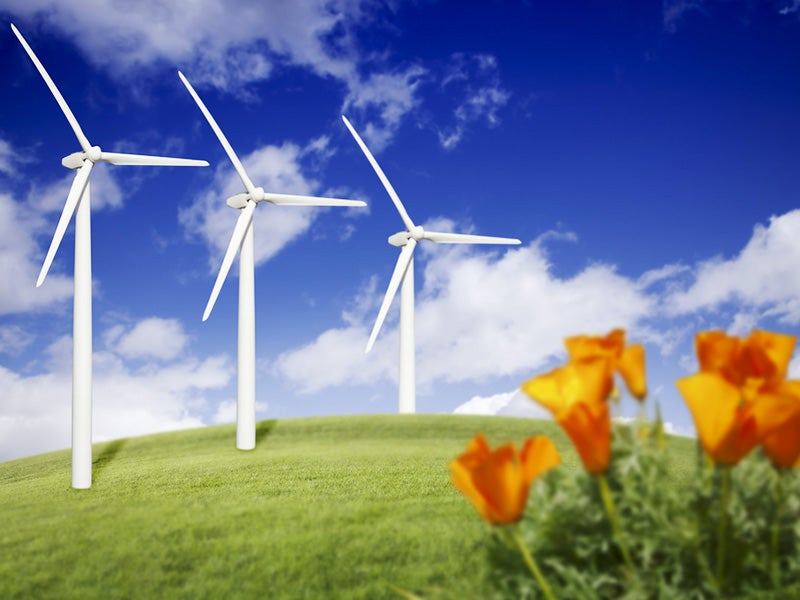Obama Administration Lowballs Energy Storage Goals
The Obama administration announces support for renewable energy and storage, but its target for energy storage resources underestimates the power of the market.

This page was published 9 years ago. Find the latest on Earthjustice’s work.
In June, the Obama administration affirmed its commitment to developing energy storage resources that will support America’s clean energy future, but the administration’s energy storage target underestimates the growing power of the clean energy economy. Energy storage is a critical tool in states’ efforts to eliminate dependence on fossil fuels. It gives energy providers a ready supply of renewable energy to draw from, even when the wind is not blowing and the sun is not shining.
The administration announced commitments made by the federal government, state agencies and the private sector to significantly increase energy storage resources, such as battery systems, across the country. It estimates that the effort will result in at least 1.3 gigawatts (GW) of additional energy storage in the next five years. (For reference, a new natural gas plant proposed for Carlsbad, California, would have an electricity generation capacity of 0.5 GW.) But the nation is poised to easily surpass the administration’s low energy storage target in California alone.
California has already committed to buying 1.3 GW of energy storage by 2020, and the Obama administration includes these commitments in its national target. California made that commitment back in 2013 and is on track to meet its goal. In fact, the California Public Utilities Commission is soliciting input to increase that 2020 target. Earthjustice, representing Sierra Club, advocated for the initial 1.3 GW energy storage target and has recommended that California increase its target to 4.3 GW by 2026.
California’s energy storage target has been transformative
We have every reason to expect the same trend to occur across the country as states increase their renewable energy portfolios and look to optimize their use of valuable renewable energy resources. For example, Colorado requires all investor-owned utilities to meet a 30% renewable energy standard by 2020, and the state’s Public Utilities Commission recently approved two energy storage demonstration projects. Entities such as the Midcontinent Independent System Operator are also exploring the role energy storage can play in their grids. The Obama administration’s energy storage announcement is a step in the right direction, but it’s not the big leap needed to catch up with the energy transformation taking place across the country. Earthjustice continues to advocate for energy policies that support market development and transformation in California and across the country, and we look forward to seeing the nation outdo the administration’s modest target.
The California Regional Office fights for the rights of all to a healthy environment regardless of where in the state they live; we fight to protect the magnificent natural spaces and wildlife found in California; and we fight to transition California to a zero-emissions future where cars, trucks, buildings, and power plants run on clean energy, not fossil fuels.